Uncategorized
Instruments Names and their Uses in Cesarean Section Delivery
What is a Cesarean?
A C section is also called a Cesarean Section. Cesarean Section is the surgical delivery of a baby. It is an incision in the mother’s abdomen and another in the uterus. It’s a common procedure that’s used to deliver nearly a third of babies in the United States, according to the Centers for Disease Control and Prevention. Cesarean deliveries are usually avoided before 39 weeks gestation so that the baby has time to develop in the womb. Sometimes, however, complications do arise and a cesarean section should be performed before 39 weeks.
Instruments Names and their Uses in Cesarean Section Delivery
JALAL Surgical Prefer Following Instruments for Cesarean Section Delivery:
Backhaus Towel Clamps:
Backhaus Towel Clamps are mainly used to fasten drapes or towels to patients during medical procedures in order for them to stay on.

Outlet Forceps:
Outlet Forceps are used when:
- the fetal scalp is visible without separating the labia
- the fetal skull has reached the pelvic floor
- the sagittal suture is in the antero–posterior diameter or right or left occiput anterior or posterior position (rotation does not exceed 45°)
- the fetal head is at, or on, the perineum.
- these instrument use in C- section instrument kit

Artery Forceps:
The main uses of artery forceps for controlling bleeding and for the retraction of tissues, skin, etc. Artery forceps are otherwise called as Haemostatic forceps. The hemostat used to blocks the flow of blood and tips close the blood vessels. Its also used to hold the tissue and skin.

Green Armytage Forceps:
A Green Armytage uterine haemostatic forceps are used to hold the incised uterine edges at caesarean section prior to closing the hysterotomy incision. Four are commonly used, one on each side of the uterine incision angle.
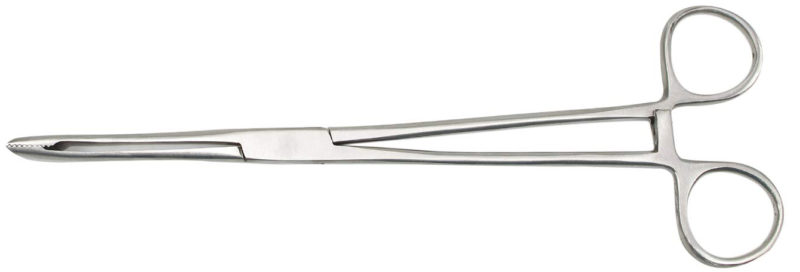
Sponge Holding Forceps:
Sponge holding forceps are used during surgical procedures to hold sponges. They have a ratchet mechanism towards the handles and have looped serrated jaws. It is also use to hold Swabs for painting the area before Operation.

Allis Tissue Forceps:
Allis forceps are ratcheted. They have hinged teeth and are used to hold or grasp heavy tissue. They can be used to hold soft tissues without causing damage for long periods. It is also used to grasp fascia and soft tissues such as breast or bowel tissue.
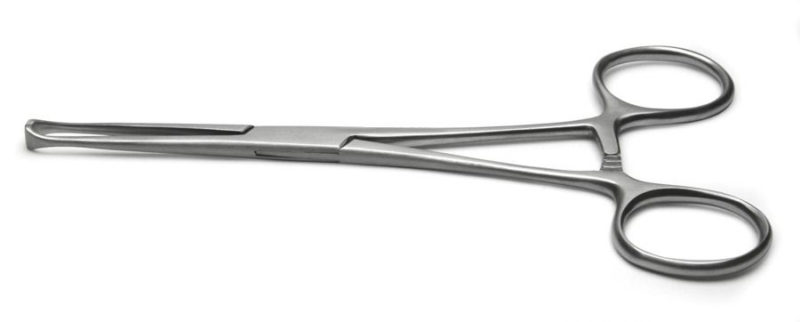
Littlewood Tissue Forceps:
The Littlewood Tissue Grasping Forcep is an instrument used for grasping slippery tissue. It is commonly used during gynecological procedures, general surgery, cardiovascular, and orthopedic surgery. A streamlined, lightweight design ensures comfortable handling.

Scalpel Handles 4:
Scalpel Handles are used for skin incisions in both cardiac and thoracic surgery, and to cut the bronchus in lung resection surgery.

Needle Holders:
Needle holders have a clamp mechanism that locks the needle in place. This allows the user to manoeuvre the needle through various tissues. In order to maintain a firm grip on the needle, the jaws are textured and short compared to the handles.
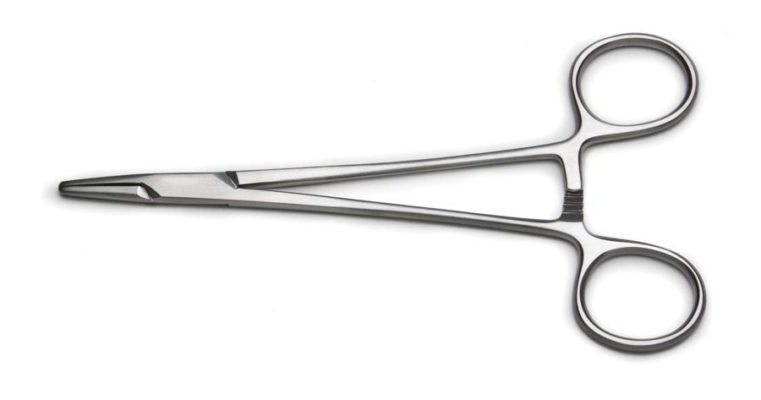
Doyen Retractors:
Doyens are used at caesarean section for retracting the bladder away from the incision site on the uterus and guarding it against potential injury when suturing. They are usually removed prior to delivery of the baby and reinserted after delivery to allow a good view of the lower edge of the hysterotomy.
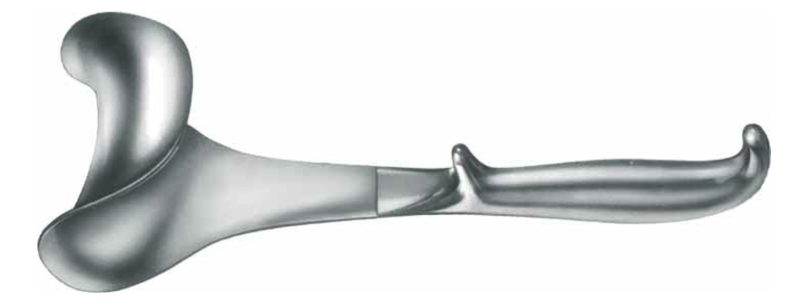
Langenbeck Retractors:
Langenbeck Retractors are light retractors and used to retract skin during closure of the rectus sheath at caesarean section and laparotomy. They can be used in pairs, one in each of the assistant’s hands.

Morris Retractors:
The Morris and Balfour Retractors are two examples of commonly used retractors in pelvic surgery. The Balfour retractor is self-retaining and need not be held once it is inserted freeing the assistant’s hands.

Mayo Scissors:
Mayo Scissors are broadly classified into dissecting or suture scissors. Dissecting or tissue cutting scissors are usually curved and heavy. They are used when a surgeon needs to cut through tough scar tissue. They are inserted with closed blades and gently open to help dissect through anatomical planes.
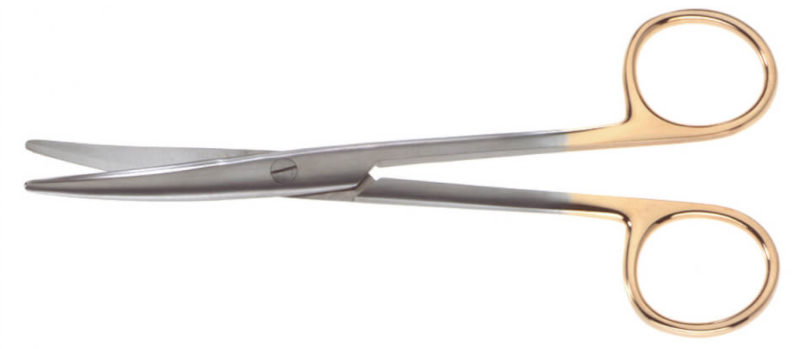
Spencer Ligature Scissors:
Spencer Ligature Scissors are used for cutting stitches or suture.





